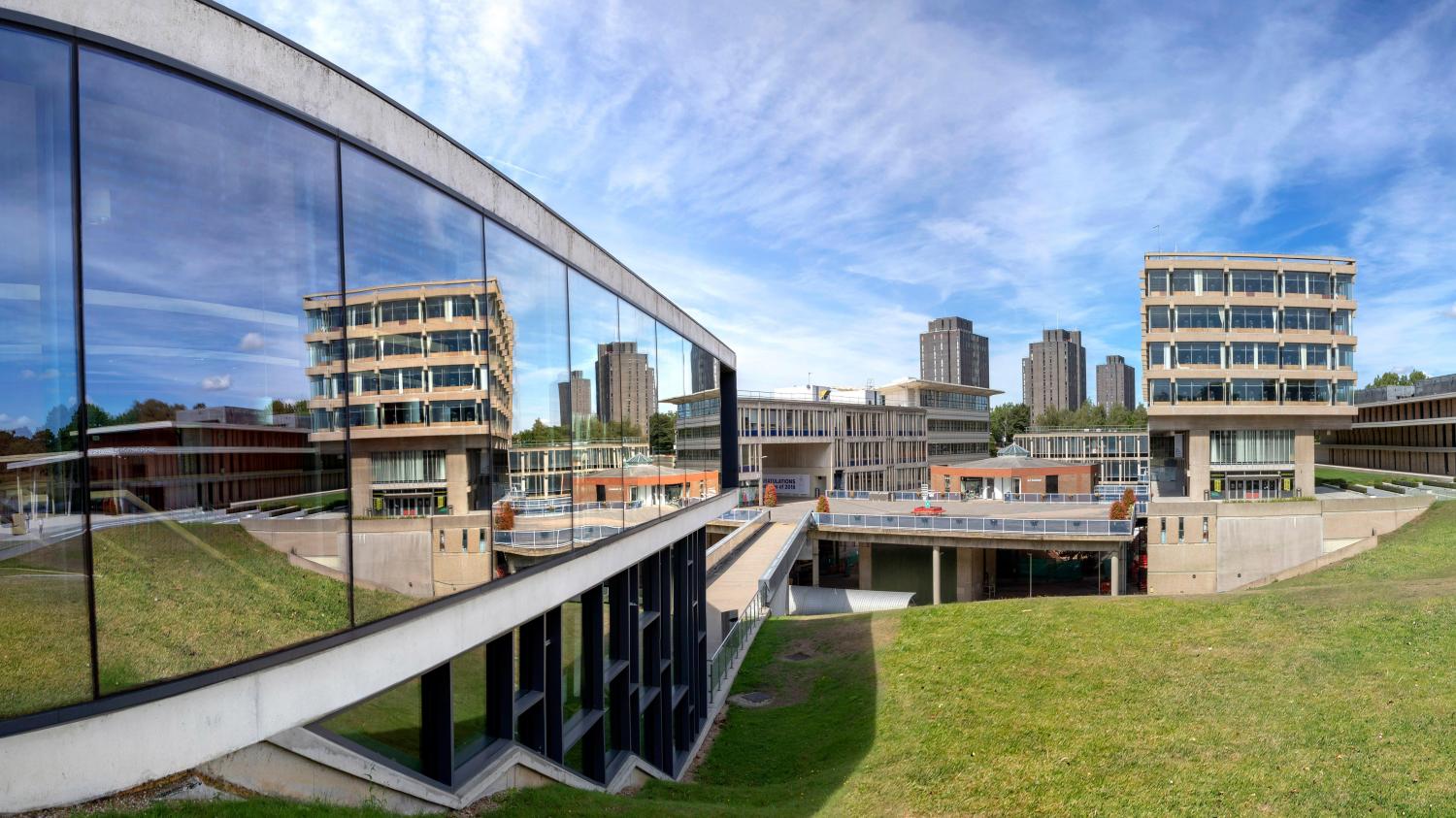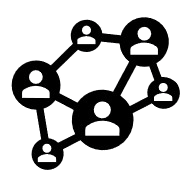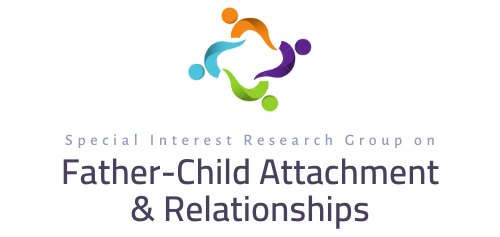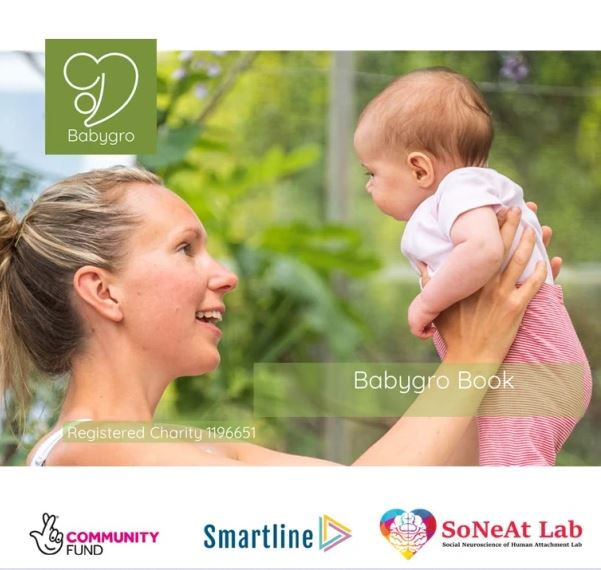

On this page of SIRG SoNeAt’s website, you can find a list of relevant resources in the area of the social neuroscience of human attachment. Please let us know if you have any additions to this list.
In this section, you will find relevant resources in the area of SoNeAt. For the moment, these include:

Other organisations and networks concerned with attachment theory and research

Relevant literature and other informative outlets
Other organizations and networks concerned with attachment theory and research

►Society for Emotion and Attachment Studies (SEAS)

►Special Interest Research Group (SIRG) on Father-Child Attachment and Relationships (FCAR) within the Society for Emotion and Attachment Studies (SEAS)

►International Attachment Network (IAN)
Relevant literature and other informative outlets
The Social Neuroscience of Human Attachment is a relatively new domain within the field of social (cognitive affective) neuroscience. It is specifically concerned with original empirical work involving biological and/or neural measures and their links with validated procedures used to identify inter-individual differences in attachment (and related constructs, such as caregiving, relationship quality, loneliness, social isolation, etc.) across the lifespan. It also promotes review articles (and other outlets) summarising the findings obtained with above methods and deriving conceptual frameworks based on these summaries.
Below, you can find a selection of relevant review articles and other outlets if you are interested in the topic.
Recent relevant review articles
►A functional neuro-anatomical model of human attachment (NAMA) has first been proposed by coordinating board president Dr Pascal Vrticka (in association with others) in 2012 (review article – available open access – in Frontiers in Human Neuroscience) and updated in 2017 as a book chapter in the book “Neuroscience and Social Science: The Missing Link” (Springer International Publishing Switzerland 2017).
A new refined and extended version of NAMA is now published in the journal Cortex (May 2020) and is freely available here (see also the NAMA & NAMDA page of Dr Pascal Vrticka’s website for a summary).
►An extension of NAMA to also include disrupted and disorganised attachment (NAMDA) has just been made available as a pre-print. For more information, please see also the NAMA & NAMDA page of Dr Pascal Vrticka’s website.
►Another relevant book chapter by Gillath, Karantzas, and Fraley (2016) asks the question “What Can Neuroscience, Genetics, and Physiology Tell Us About Attachment?” and discusses several emerging models of human attachment on the biological and brain level.
►In the “Handbook of attachment: Theory, research, and clinical applications – 2nd edition (2008)”, another review chapter by Jim Coan is concerned with with the topic “Toward a Neuroscience of Attachment“. An updated version of the chapter can be found in the 3rd edition of the Handbook of attachment (Part II, “Biological Perspectives”).
Other relevant resources
►On June 13th 2020, SoNeAt coordinating board president Pascal Vrticka gave a talk about “Bio-behavioural synchrony & inter-brain coherence: an attachment perspective” at the virtual conference NeuroSync 2020. The approximately 30-minute video is available on YouTube.
►On November 29th 2018, the second “Wilhelm-Wundt-Dialog” took place at the University of Leipzig. It’s topic was “Attachment Theory: Past, Present and Future” and invited speakers were Prof. Heidi Keller & Prof. Ross Thompson. The discussion was led by SoNeAt coordinating board member Lars White. A video recording of the presentations and discussion can be found here.
More resources will be added here shortly.
